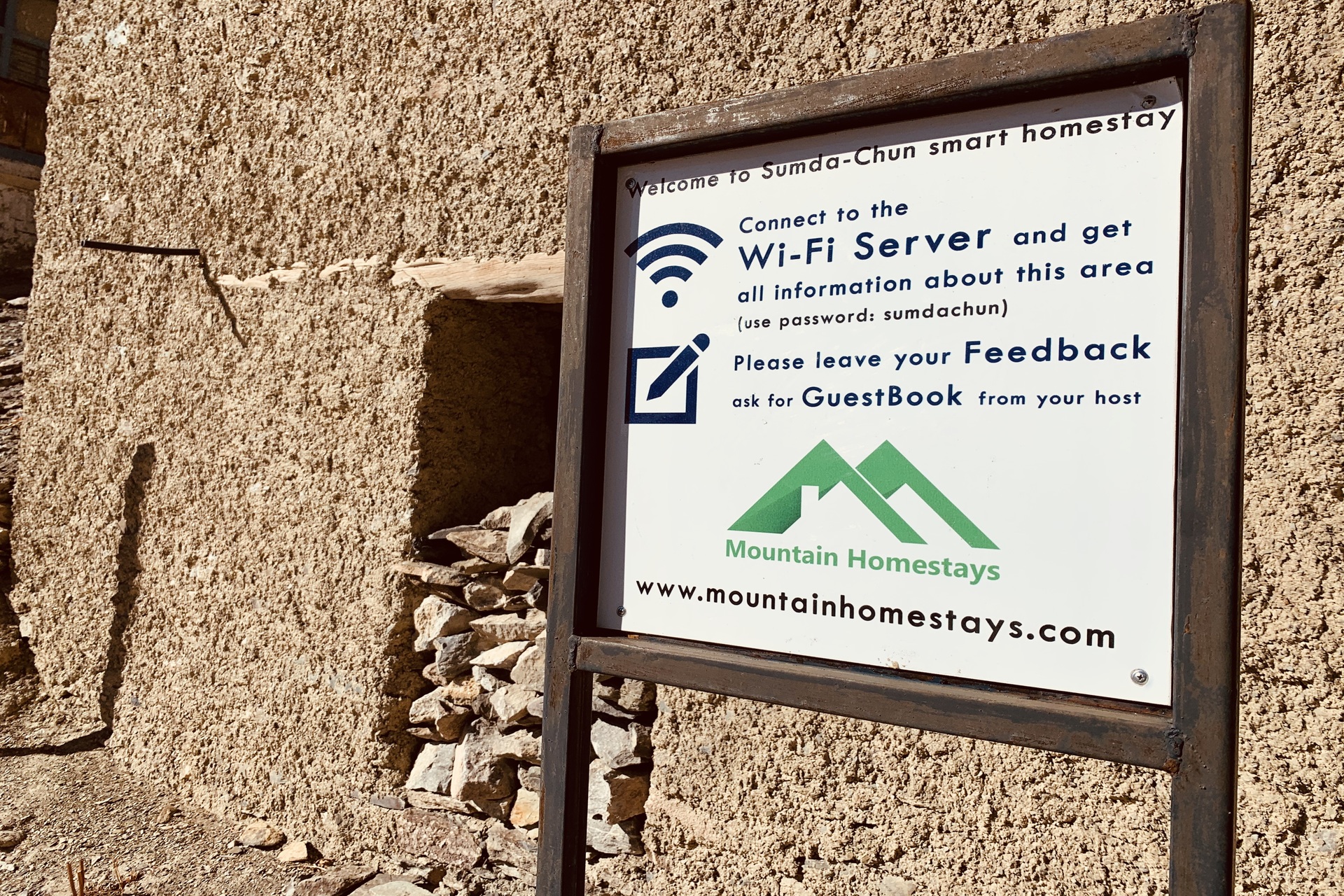The last decade has made the world become more aware of the consequences of its activities and with it, has come the realization that sustainability should be at the core of the choices we make in the coming years. The narrative was set and the rules were laid. ‘One should always make planet-friendly choices.’ ‘Respect the local community and culture.’ ‘Be a responsible traveler’ ‘Live like a local’. All these efforts were made to ensure travelers follow the sustainability principles and do not harm nature or the local community. However, what is forgotten is that it requires a fundamental shift in human preferences to consciously make eco-friendly choices. Considering that only 10 years are left to achieve the UN Sustainable Development Goals (SDGs), would it be a sensible decision to wait for masses to change their preferences?
We live in a world where creating a decent work opportunity for each individual has become a priority. Considering how strongly the tourism industry drives the economy, destination managers often push tourism to grow in the local ecosystem. As a result, the destination often swings between sustainability and growth. Sustainable tourism initiatives cater only to a niche segment with the majority of tourists not participating in such practices. To tackle this problem, what is really needed is the coming together of the two ends and building the destination. The result of this collaboration is
- Accepting the fact that the destination will be visited by many tourists and there will be uncertainty
- Creating an ecosystem that enables the destination to withstand the impact of tourism. In other words, the collaboration should have a common aim to make the tourism destination Socio-ecological resilient, Development resilient, Disaster resilient, and climate change resilient.
Community building


traveler’s arrival in the village for Impact Expedition
Resilience is not a status or condition but a capacity of the destination to respond to the change without being altered. When the destination is new and there are a limited number of tourists arriving, the destination does not change its defining functions and system. The problem starts when the destination starts receiving more tourists than the carrying capacity. There is a need to develop community agencies that increase the capacity of local people to unite, act, and adapt to the changing conditions. A village can come together and share the responsibilities to host the visitors in their village. The community building along with the participation of visitors can directly be linked to local cultural, environmental preservation along with an increased capacity of hosts. The local body can lay down rules to host the visitors, actively involving the tourist in the local activities, or keeping aside some parts of the tourism revenue towards forestry, livestock farming, etc. contributing to building Socio-ecological resilience.
Multilevel governance


The community building and engagement on the local level is dependent on the governance and the policies of the village institutions. An arrangement that is built for cooperation, knowledge sharing, and educating about the common goals that the destination tries to achieve is what we call a Multilevel governance system. It is the key configuration that helps the communities understand the importance of preservation, adaptation, and gain confidence for building the community and destination. Multilevel governance makes community resilience possible and this system is essential to bring the multiple disciplines together for knowledge sharing, capacity building, and evaluating the development. The flexibility of this system allows the community to lay down the local rules in accordance with high-level norms that eventually contribute to building community resilience.
Adaptation capacity


The concept of resilience implies the destinations’ ability to withstand undesired changes. It can be an economic crisis, political instability, or security issues. There are always uncertainties and hence it is required for the system to adapt as per its behavior. Higher adaptability means the resilience is higher and hence fewer chances of getting impacted. In the tourism context, local tourism establishments such as hotels, tour operators, restaurants, and the destination have the least adaptability. To make these establishments capable of surviving any sudden shock, it is important that they adapt. The accommodation owners can keep developing a new mix of accommodations; destinations can keep adopting new policies, and invest in new products and infrastructure to be prepared for uncertain events. Communities along with local governance can develop a range of livelihood activities to be less dependent on one industry. While the community is building the capacity to host the visitors, they should not be leaving their primary occupation (Agriculture, Fishing, etc.). A good mix of skills and livelihoods are eventually going to build resilience
Multi-disciplinary approach
The increased uncertainty of natural disasters requires the collaboration of different stakeholders. Systems that are less adaptable are prone to get impacted by changes. Tools such as – preparedness, risk management and visitor action plans for hotels/resorts/tour operators have to be developed considering the local environmental dynamics. The interdisciplinary research to underpin the development considering local context, the impact of climate action and the adaptive capacity of the destination has to be on the background to create the practical outcome. Engineering skills along with the knowledge about environmental science and local expertise can come together to build disaster-resilient infrastructure in the destination
Science-Industry collaboration


Mountain regions are always the first places to show the evidence of climate. It is time to move beyond simply adapting to climate change if the mountain destination wants to become climate-resilient. This can be achieved by bridging the gap between science and tourism industry. Adapting greenhouse farming can represent a community’s capacity to climate resilience but bringing innovative technology to reduce the disaster risks would be going a step ahead. Replacing carbon-emitting sources by solar energy-based systems would make a destination climate change resilient. It can be achieved either by leveraging tourism to contribute to it or by investing to build such climate change resilient destinations
Source: Tourism and resilience, Prof. Richard Butler

